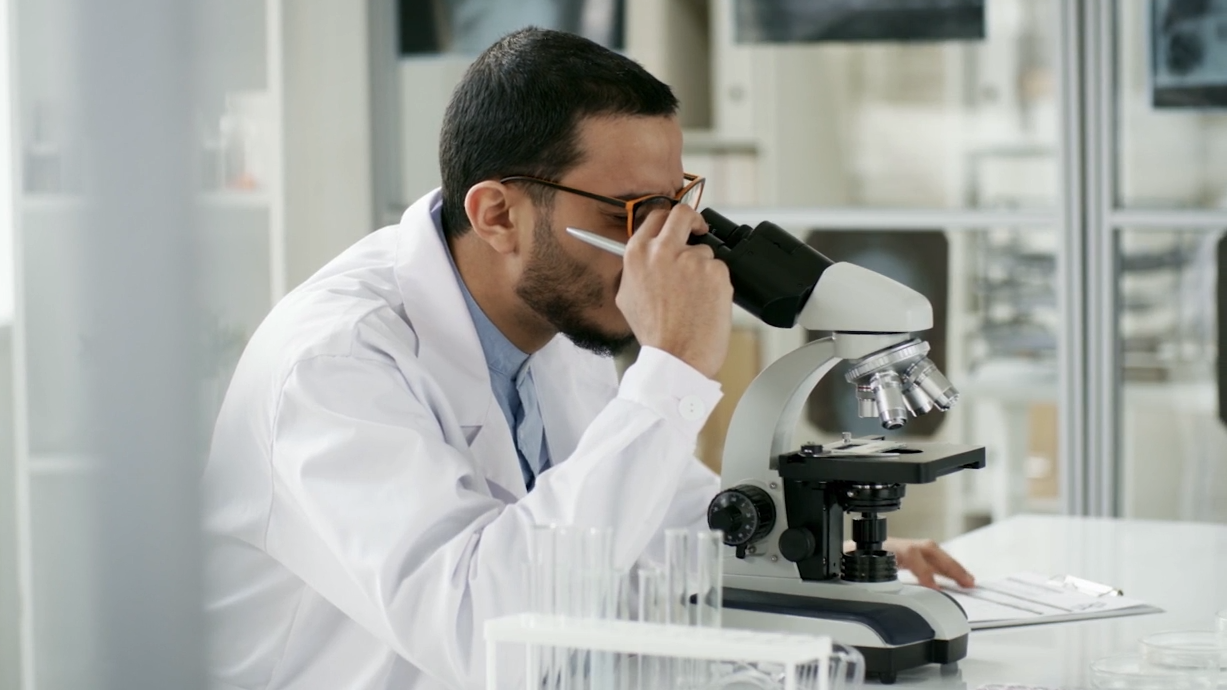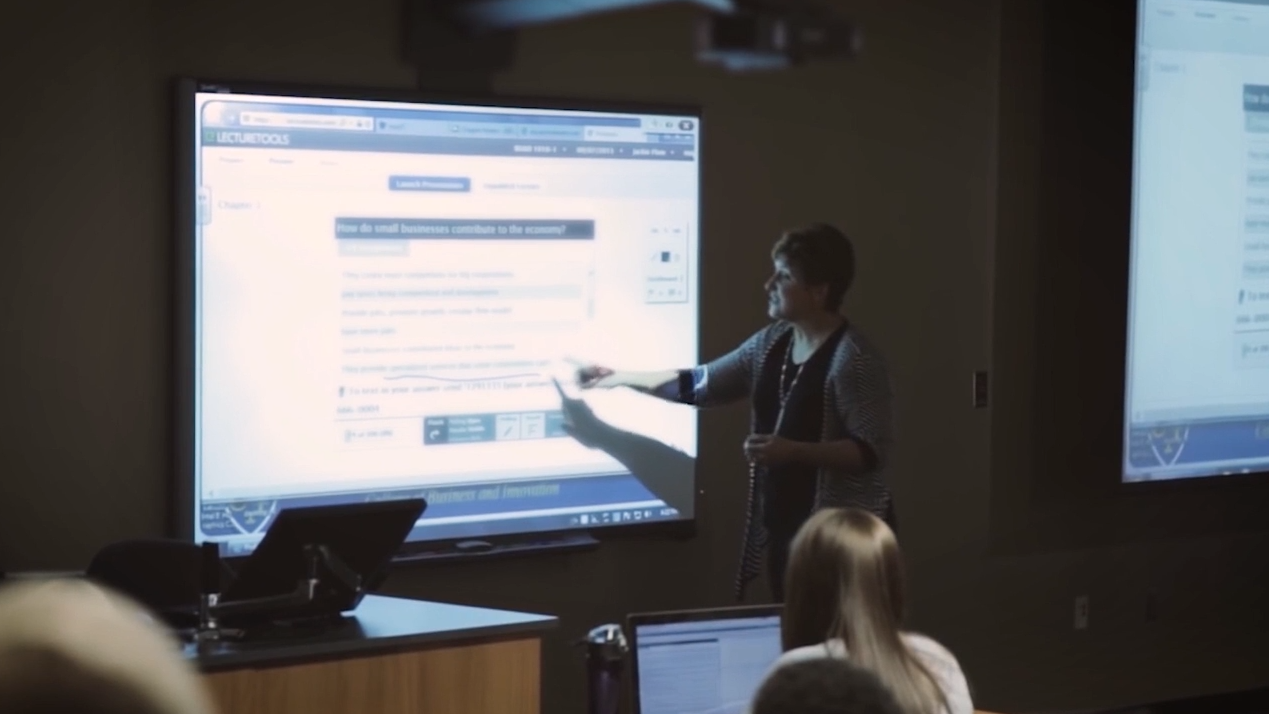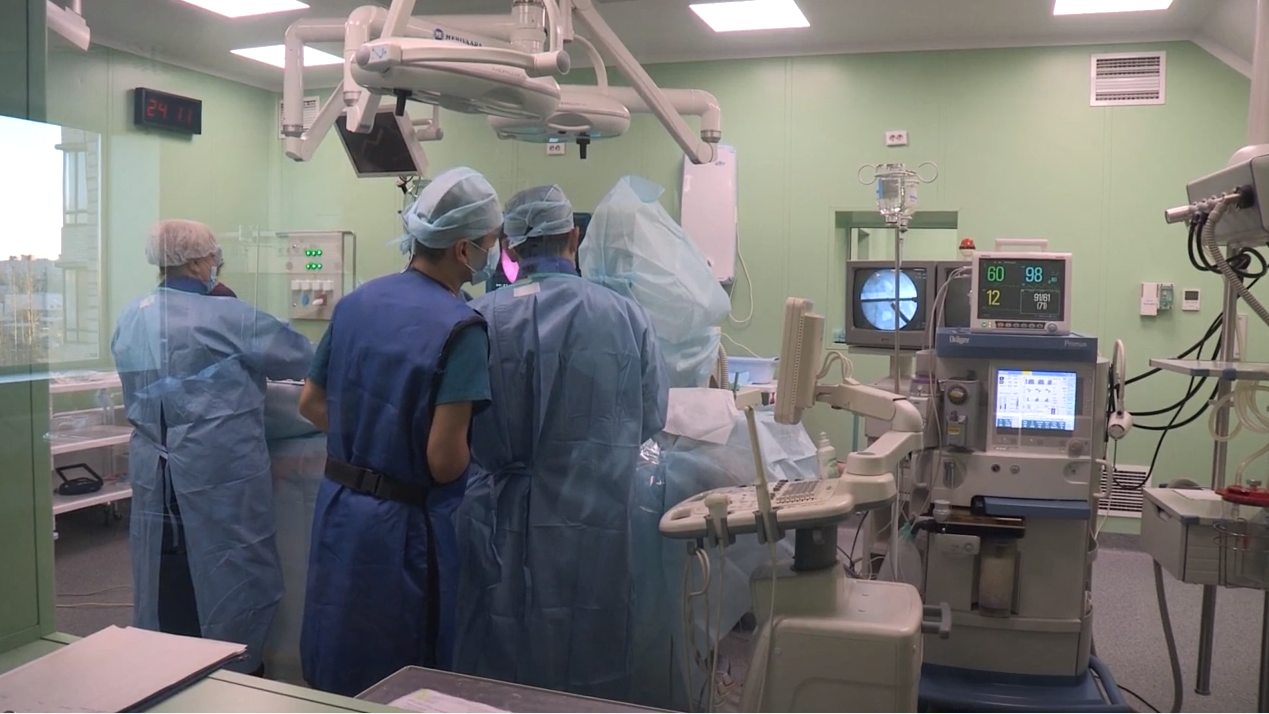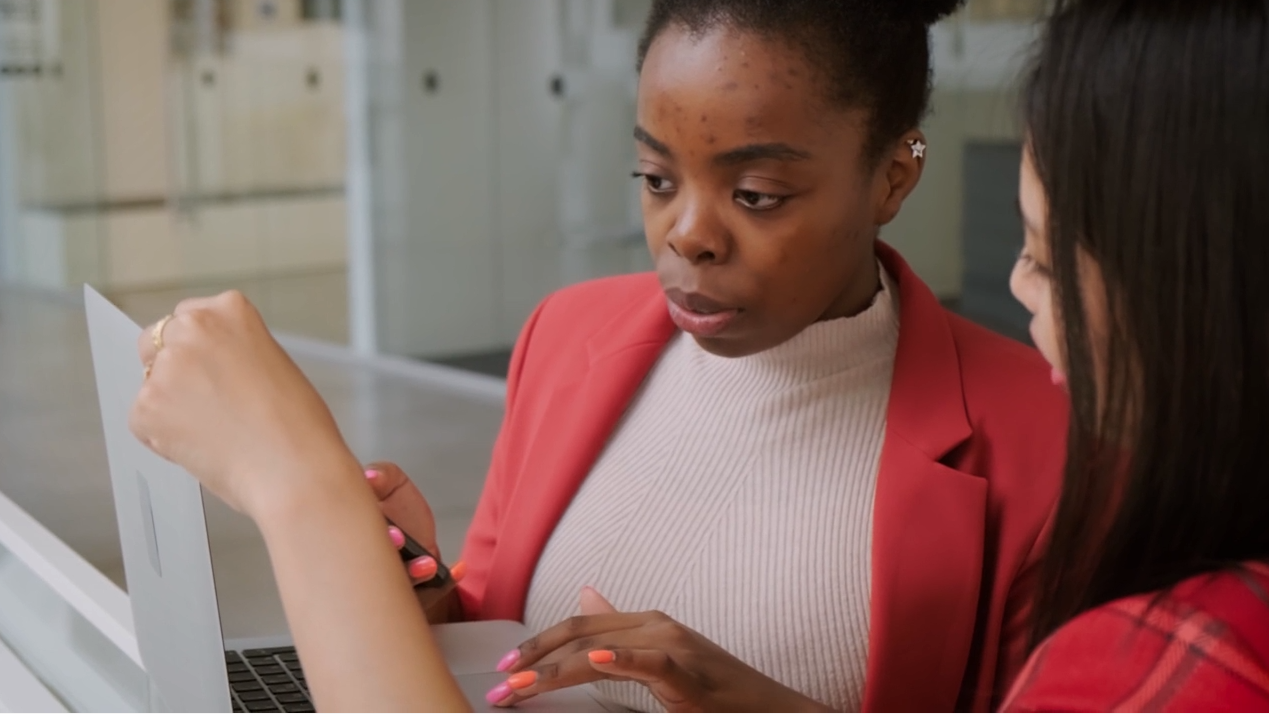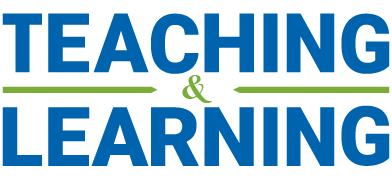Post Updated July 2, 2020.
Summary
Associate Dean Academic Marcia Annisette (former Associate Dean Students) highlights the creative side of accounting and how its ability to operationalize and measure abstract ideas can impact society. Accounting at Schulich is not just about learning how to arrive at the technical number; instructors employ the case approach to teach students how to navigate the ambiguities and time pressures of the real world and arrive at sustainable and ethical solutions.
Video Transcript
Accounting started as a discipline that aimed to operationalize abstract economic ideas. ‘Income’, ‘profit’, these are abstract ideas. Once you translate that abstract into something quantifiable, you lose something. The question is, ‘what do you lose?’
It’s now being used to measure other abstract concepts such as quality healthcare, quality education. But when we use performance measures to measure people, one of the things we all know is that people respond to being evaluated. People tend to intervene in the objects that accounting sets out to measure. So I’ll give you a good example; It was a study done in 2005 but based on an initiative taken by the New York Department of Health who wanted to measure the performance of surgeons. They used a scorecard, and once the score cards were used to measure their performance, well surgeons began to withdraw treatment to high-risk patients for fears that the outcomes may affect their performance measures.
So there has always been a creative aspect of accounting, and the creative aspect has always been ‘how do we translate this idea?’ Unlike other schools where there may be a course on ethics, or a course on sustainability, sustainability and ethics run through every course at Schulich. We adopt the case approach in a way that there is no one answer. We try to really simulate the real word which is one that is defined by ambiguity. You never have all of the information. Uncertainty, as well as time pressure. So in accounting we teach students, yes, let’s go for the technical number, but how can we critically look at this number so that we can arrive at a more sustainable solution? That we can arrive to a solution in which all voices are heard? Or certainly at a solution that is not consistently biased.
We find ourselves at a point in time in the world where we know that social change must happen. We must address the environmental degradation. We must address the compounding social inequalities of our time so that the very technology that got us here, because it can shine a light on certain social and economic facts, we can use this technology again to shine a light to the voices and the constituencies that have been silenced over the last hundreds of years.
